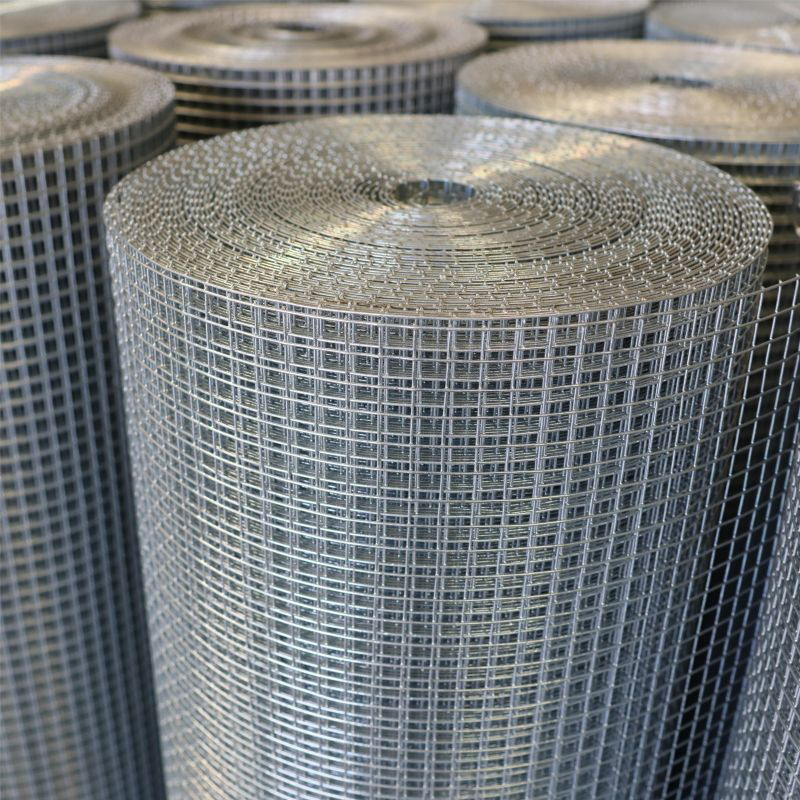wire netting for plants
Wire Netting for Plants A Practical Guide for Gardeners
In the realm of gardening, providing support to plants is crucial for their growth and health. One effective method employed by many gardeners is the use of wire netting. This versatile material not only aids in supporting delicate plants but also plays an essential role in protecting them from pests and harsh weather conditions. This article explores the benefits, applications, and best practices of using wire netting for plants.
Understanding Wire Netting
Wire netting, also known as wire mesh or fencing, is made from interconnected wires that form a grid pattern. Available in various materials such as galvanized steel or PVC-coated wire, it comes in different mesh sizes to suit specific gardening needs. The durability and flexibility of wire netting make it an excellent choice for a range of horticultural applications.
Benefits of Wire Netting for Plants
1. Support for Climbing Plants Many plants, including peas, beans, and some flowering vines, benefit significantly from support as they grow. Wire netting provides a sturdy framework for these climbing plants, allowing them to thrive. By attaching themselves to the netting, these plants can grow vertically, saving ground space and enhancing air circulation.
2. Protection Against Pests One of the most significant advantages of using wire netting is its ability to deter pests. Birds, rabbits, and other animals can wreak havoc on a garden, consuming seeds, seedlings, and even mature plants. A protective layer of wire netting can help keep these pests at bay without the need for harmful chemicals, making it an eco-friendly option.
3. Wind and Weather Resistance Wire netting provides a barrier against high winds and heavy rains, which can damage young plants. By using netting to create windbreaks or covering delicate blooms, gardeners can protect their vines and seedlings from the unpredictable elements of nature.
4. Easy Installation and Versatility Another advantage of wire netting is its ease of installation. Gardeners can easily cut it to desired lengths and shapes, making it suitable for various garden layouts. Whether you’re creating a trellis, a fence, or even a protective cage, wire netting adapts to meet your gardening needs.
Applications of Wire Netting
1. Trellising Trellises made of wire netting provide a great support system for climbing plants. Gardeners can lean the netting against a wall or set up a standalone frame for a more structured garden area.
wire netting for plants

2. Garden Fencing Many gardeners use wire netting as a perimeter fence to keep out larger herbivorous pests. A fence can be constructed at varying heights, depending on the animals that are commonly found in your area.
3. Cages for Vegetables When growing crops like tomatoes, cucumbers, or peppers, wire netting can be fashioned into cages. These cages not only support the plants but also allow for easier harvesting by keeping the fruits off the ground.
4. Boundary Marking Wire netting can also serve as a low-profile boundary marker in a garden. This can help delineate spaces for different plant types or prevent accidental trampling in more crowded gardens.
Best Practices for Using Wire Netting
To maximize the benefits of wire netting, consider the following best practices
- Choose the Right Mesh Size Select a mesh size appropriate for the plants you're supporting. Smaller openings are better for deterring small pests, while larger openings might work best for climbing plants.
- Secure Installation Ensure that the wire netting is securely anchored to withstand wind and weight from the plants. Using stakes or attaching it to solid structures will enhance stability.
- Regular Maintenance Check the condition of the wire netting periodically. Over time, wear and tear can compromise its effectiveness, and repairs should be made promptly.
- Plan Placement Wisely Position wire netting to optimize sunlight exposure for the plants while providing adequate shade if necessary for sensitive species.
Conclusion
Wire netting serves as a multifaceted tool in the gardener’s arsenal. Its ability to provide support, deter pests, and protect plants from environmental factors makes it indispensable. By understanding its applications and adhering to best practices, gardeners can cultivate a thriving and resilient garden. Whether you are an avid gardener or a casual plant enthusiast, incorporating wire netting can yield impressive results, ensuring your plants grow healthy and strong.
-
Space-Saving Chain Fence Hacks Vertical Gardening with Cyclone MeshNewsJul.16,2025
-
Innovations in Iron Nail Wire Production for Modern ConstructionNewsJul.16,2025
-
Creative Uses of Wire Netting Fence in Modern Landscape DesignNewsJul.16,2025
-
Barbed Wire Fence Innovations in Anti-Climb TechnologyNewsJul.16,2025
-
Architectural Uses of Umbrella Nails for Aesthetic Roof DesignsNewsJul.16,2025
-
Architectural Uses of Razor Barbed Wire in Secure Urban DesignNewsJul.16,2025




